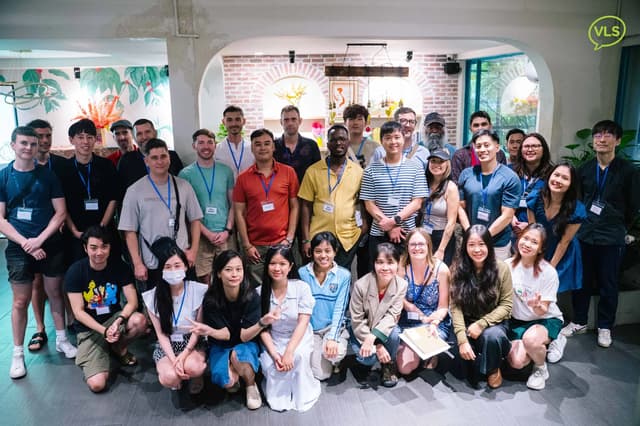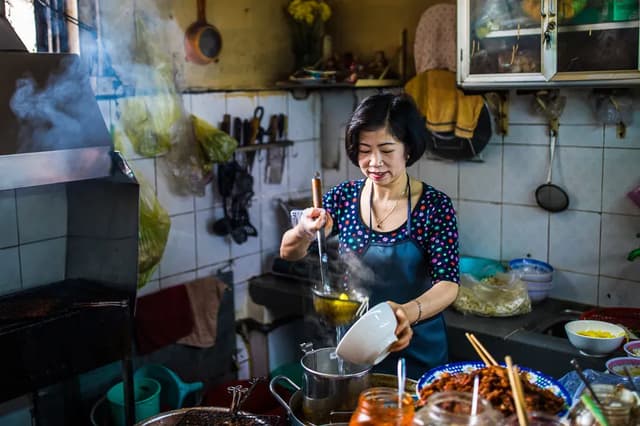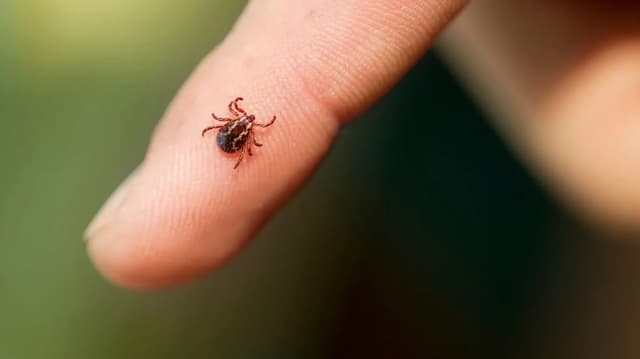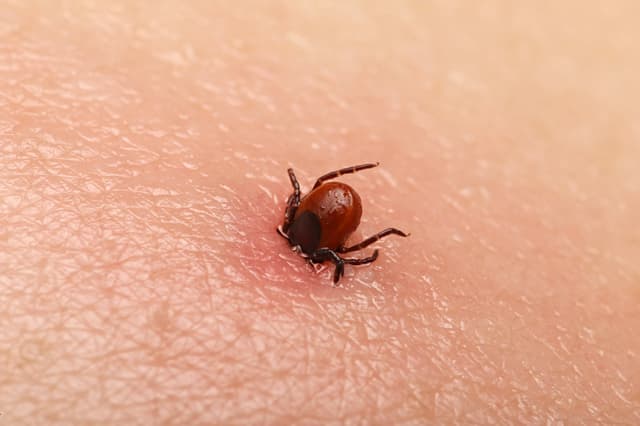The Pu Peo ethnic group has long lived in the far north.
25/12/2024
Vietnamese ethnic groupsDiscover the cultural beauty and traditions of the Pu Péo people in Vietnam, where impressive traditional values are preserved.
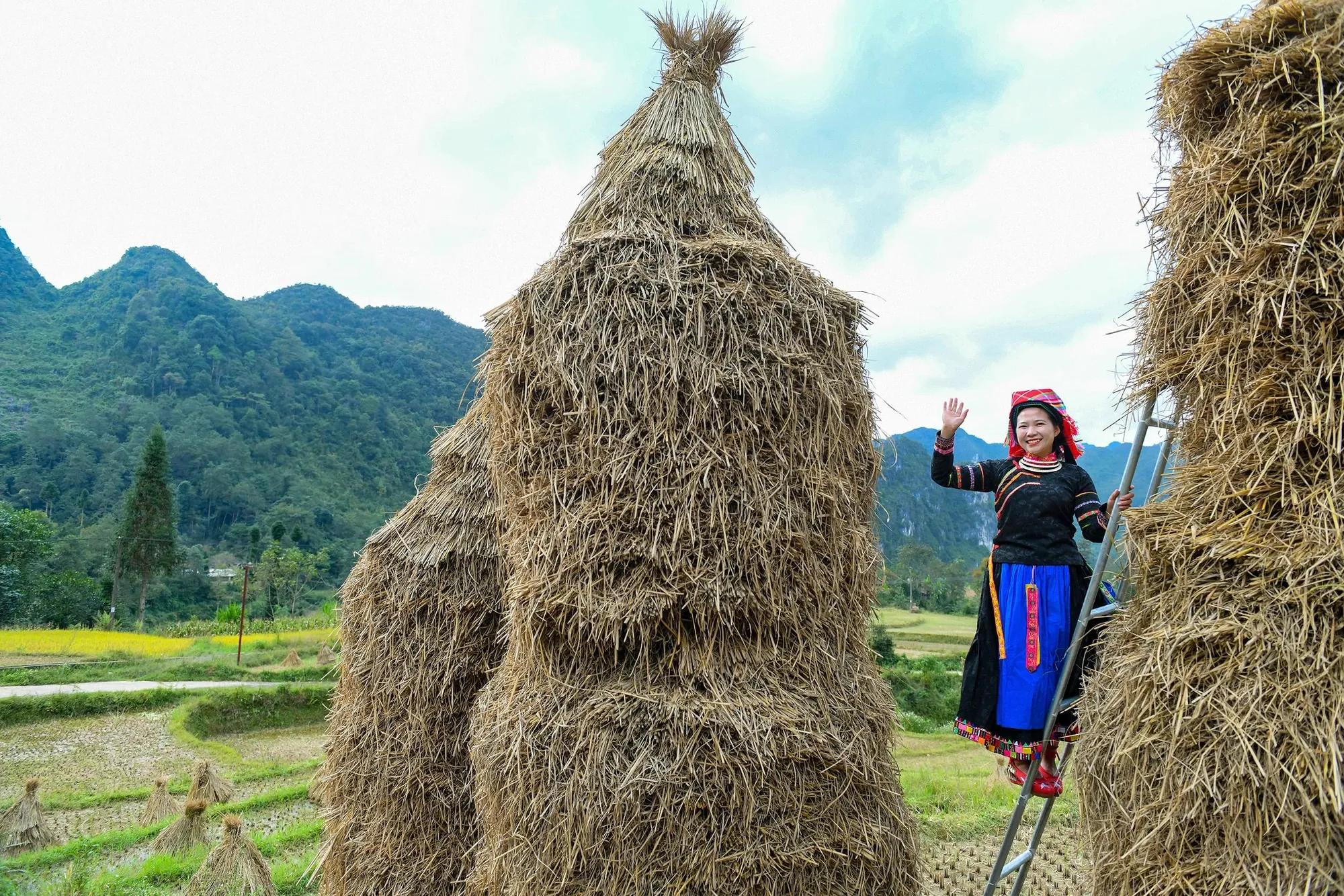
The Pu Peo ethnic group has only 903 people, the third smallest ethnic group among 54 ethnic groups in Vietnam, and has long lived in the far north of Vietnam (Ha Giang province). Let's find out information about the Pu Peo ethnic group in Vietnam with iGuide.ai!
Historical Origins of the Raglai People
Historical origin The Raglai people have lived for a long time in the South Central region. Local groups: Rai (in Ham Tan-Binh Thuan), Hoang, La Oang (Duc Trong-Lam Dong)...
Population and language of the Raglai community
- Population: According to the 53 Ethnic Minority Census on April 1, 2019, the total population of the Ra-glai people is 146,613 people. Of which, there are 71,628 men and 74,985 women. - Language: The language belongs to the Malayo-Polynesian language group (Austronesian language family). Due to contact with other ethnic groups in the region, the Ra-glai people have developed bilingualism and multilingualism. The common language currently plays an important role as the language of communication between the people here and other neighboring ethnic groups.
Geographical distribution of the Raglai people
They mainly reside in the mountainous areas of Ninh Thuan and Khanh Hoa provinces. In addition, a small number of them reside scattered in localities of Binh Thuan and Lam Dong provinces.
Main features of culture and customs
Food and daily meals
Morning and afternoon are the two main meals. Lunch is usually taken to the fields. Soup with meat, fish and vegetables is a favorite dish. Drinks include water in a dried gourd shell and rice wine. Home-cut tobacco wrapped in corn husks is commonly used in households.
Traditional and modern costumes
It is difficult to find traditional Raglai clothing. Nowadays, men wear trousers and shirts, women wear skirts or pants with Ao Ba Ba. In ancient times, men here went shirtless, wearing a simple loincloth without any decorative patterns. During traditional festivals, women wear Ao Dai, the upper part of which is made of alternating red and white squares.
Traditional housing and change
The Raglai live in mountainous areas and valleys at an altitude of 500-1,000m, concentrated in Ninh Son district (Ninh Thuan), Bac Binh district (Binh Thuan) and some places in Phu Yen, Khanh Hoa, Lam Dong. In the past, they lived in stilt houses. Nowadays, earthen houses are quite common. The houses are usually square, only about 12 to 14m2 wide. Some larger houses are rectangular. The assembly technique is very simple, mainly using tree forks and ropes. The roof is covered with thatch or rattan leaves. The walls are covered with woven bamboo or plastered earth.
Wedding customs
The wedding process has to go through many steps and quite complicated procedures. The wedding ceremony is held by both families: the bride's family first, the groom's family later. The most important part of the wedding ceremony is the ritual of spreading out a mat for the bride and groom. The bride and groom sit on this mat so that the two uncles of both sides can present the marriage to their ancestors and gods. It is also on this mat that they eat their first meal together in front of both families.
Funeral concepts and customs
The deceased is wrapped in cloth or old clothes and placed in a coffin made of hollow tree trunks or bark, depending on the family's wealth. The deceased is buried in the fields or in the forest, with their heads facing west. When they have enough economic conditions, people hold a grave abandonment ceremony and build a mausoleum for the deceased. Around the mausoleum, plants such as bananas, sugarcane, pineapples and taro are planted. On top of the mausoleum, there is a boat and birds. The deceased's belongings are destroyed and placed around the house and in the mausoleum.
Belief and worship
The Raglai believe that there is a world of spirits surrounding them and beyond their understanding. The gods can reduce disasters or help them if they are worshiped and prayed to. The spirits of the dead are the supernatural forces that cause them the most fear. Residents also believe in the spiritual transformation of animals... Therefore, every year, worship rituals with sacrifices are regularly held to ask for help from the gods. This worship has the participation of the shaman class, who are gradually separating themselves from labor and considering worship as an official profession.
Arts: Spiritual life
Fairy tales, myths, folk songs, proverbs, folk songs... express the thoughts and feelings of the residents. The common instrument is a complete set of 12 bronze gongs. However, 4, 6, 7 or 9 can be used. Gourd pipes, lip pipes, and bamboo pipes are quite popular. The Raglai people are also residents who know how to use sounding stone bars, combined into a set commonly called a lithophone, played instead of gongs, quite unique and interesting.
Economic and occupational conditions
The farming profession always dominates other economic activities. On the fields, people grow rice, corn, beans, squash and fruit trees. Blacksmithing and weaving are two fairly developed handicrafts... Animal husbandry is popular with herds of cattle and poultry including buffalo, pigs, chickens, ducks... Nowadays, people know how to grow wet rice.
Above is some interesting information about the Pu Péo ethnic group in Vietnam. Let's join iGuide.ai to plan to explore, meet and experience the culture of the Pu Péo people in the near future!
Source:
- Ethnic groups in Vietnam (National Political Publishing House Truth)
- Basic characteristics of 54 ethnic minorities in 2019 (Committee on Ethnic Minorities and General Statistics Office)
- Website of the Ethnic Committee, Website of Nhan Dan Newspaper
- Survey results collect information on the socio-economic status of 54 ethnic groups in Vietnam)
Essential Vietnamese Phrases for Tourists: A Guide to Communicating in Vietnam
By Duc Anh
04/10/2024
Start your Vietnam adventure with confidence by mastering key phrases that will enhance your travel experience. While fluency is not required, knowing essential expressions can improve your safety and interactions with locals, providing a deeper connection to Vietnam’s rich culture. From basic greetings to directions, these phrases will help you communicate effectively and show respect for local customs. Take the opportunity to enrich your trip by engaging in Vietnam’s vibrant language and traditions.
Mẹo an toàn thực phẩm và nước uống thiết yếu cho du khách ở Việt Nam
By Duc Anh
04/10/2024
Culinary Journey
Khám phá những mẹo quan trọng về an toàn thực phẩm và nước để nâng cao trải nghiệm du lịch của bạn tại Việt Nam. Tìm hiểu cách chọn lựa các lựa chọn ăn uống an toàn, xử lý sản phẩm tươi sống và điều hướng an toàn nước để có một chuyến đi không phải lo lắng.
Ways to prevent ticks and lice
By Duc Anh
04/10/2024
Learn effective ways to minimize exposure to ticks and protect against tick-borne diseases. Discover how to prevent tick bites before and after outdoor activities and implement landscaping techniques to create a tick-safe environment around your home. Stay informed and safe during peak tick activity months.
Comprehensive Guide to Tick Bite and Lyme Disease Prevention
By Duc Anh
04/10/2024
Discover effective ways to prevent tick bites and Lyme disease with our comprehensive guide. Learn about personal protective behaviors, the importance of regular tick checks, and how to use effective tick repellents. Discover insights into tick behavior, best practices for tick removal, and safe repellent options for maximum protection during outdoor activities.

